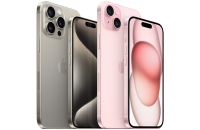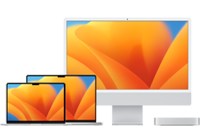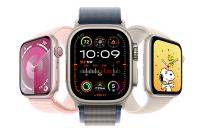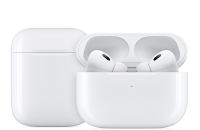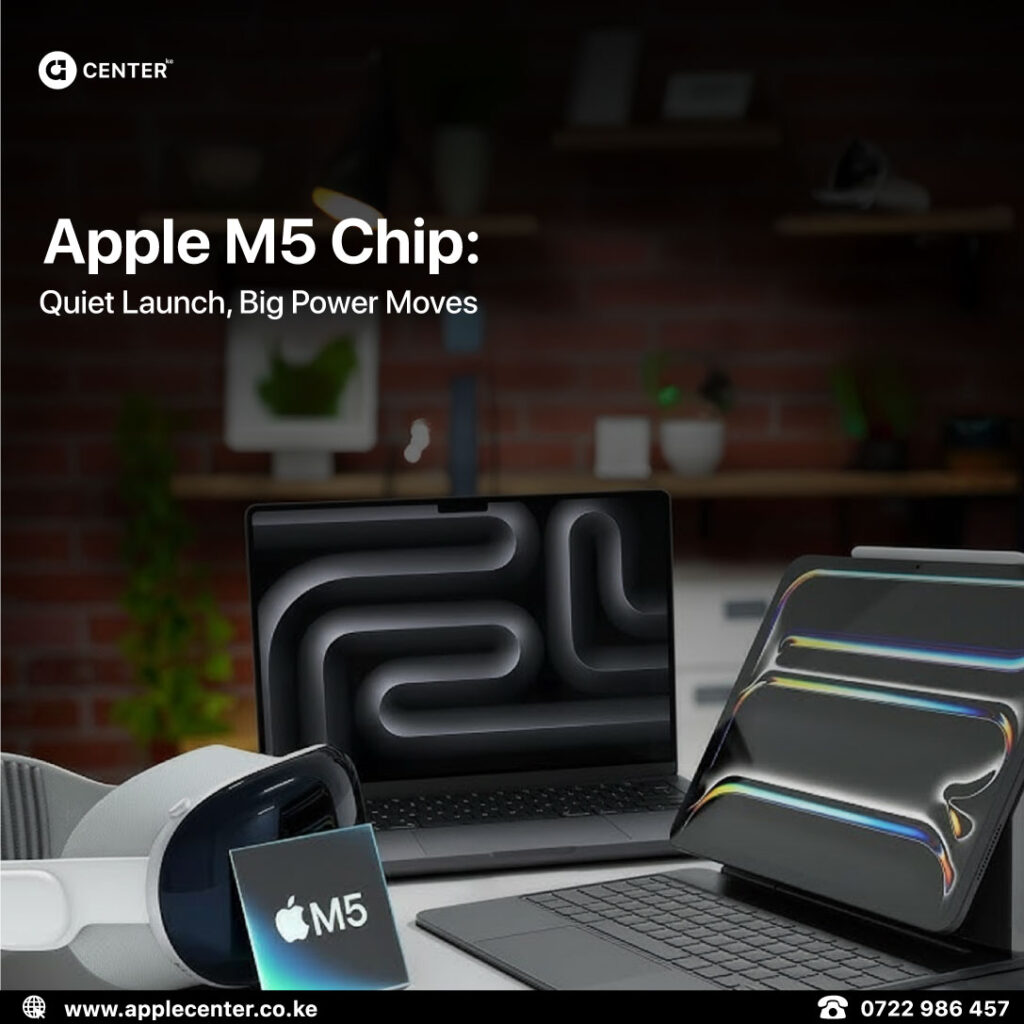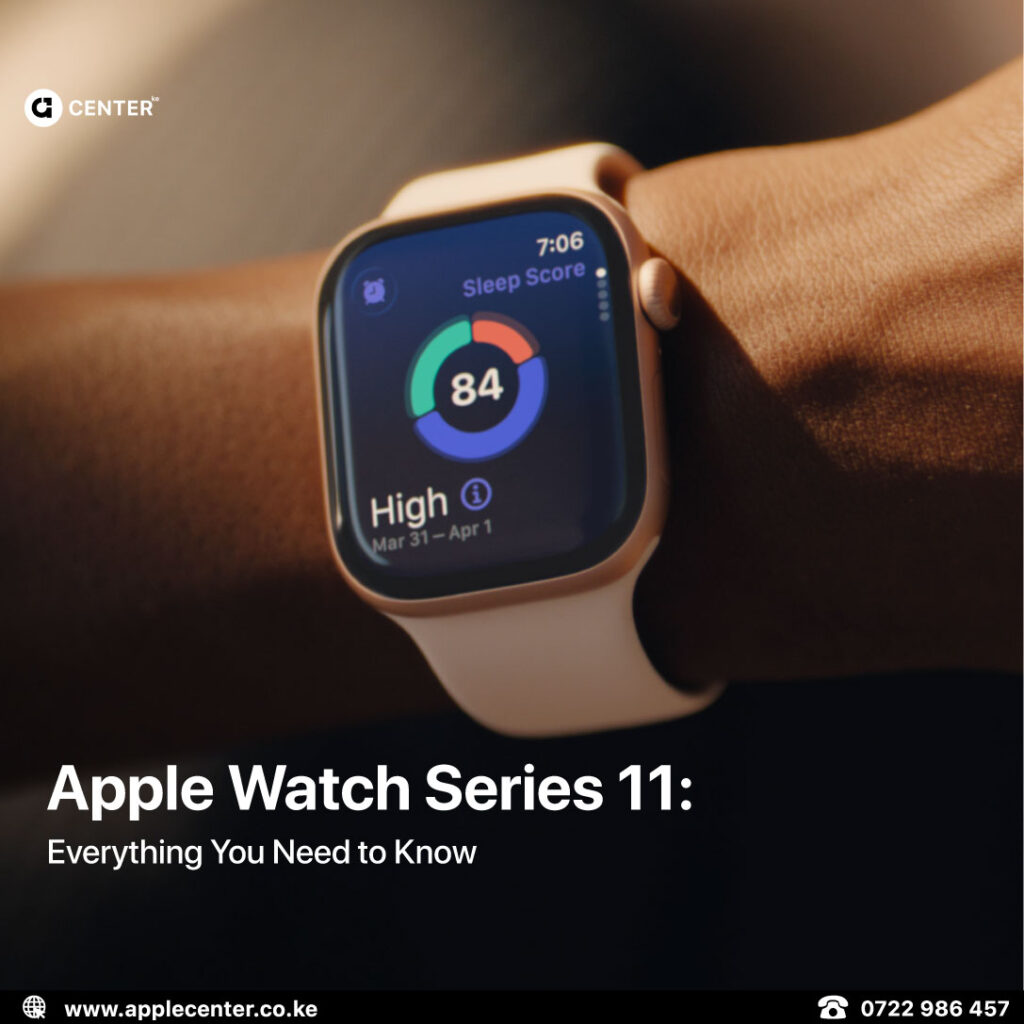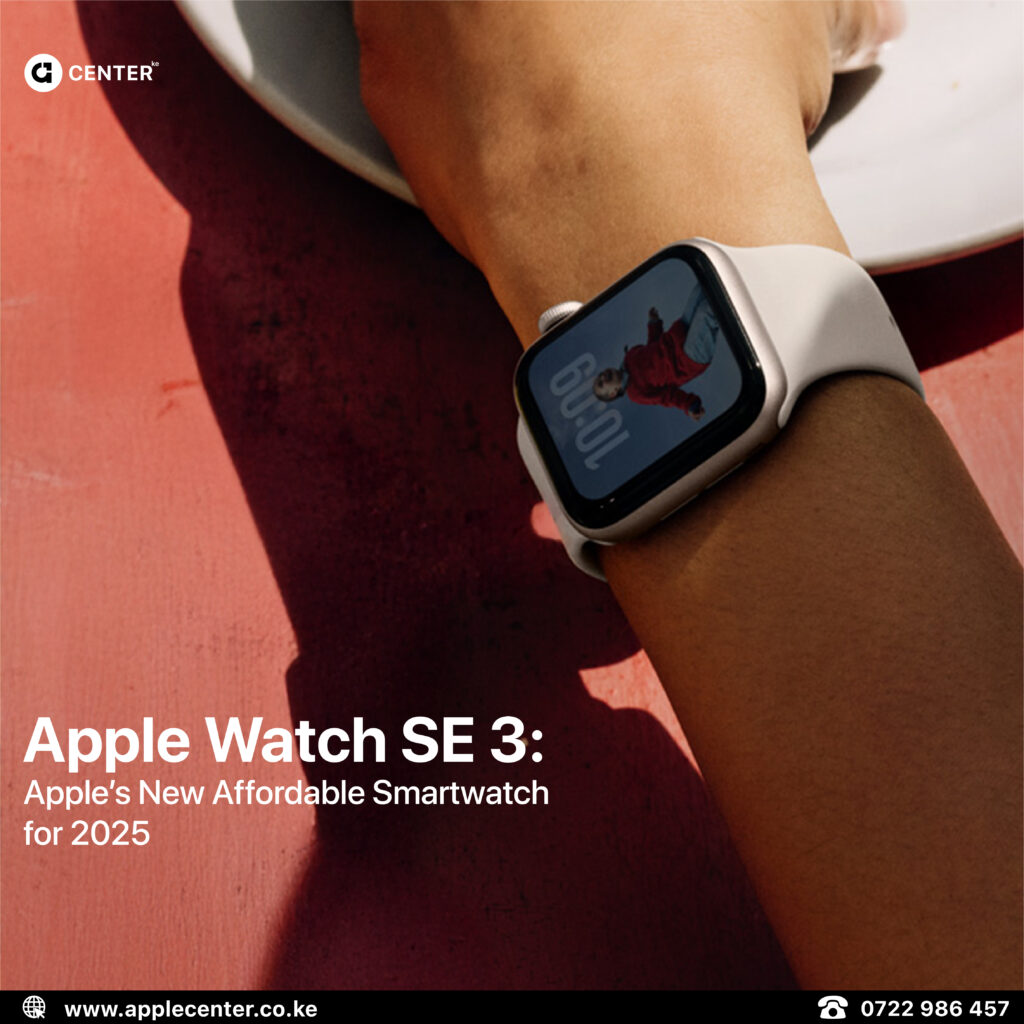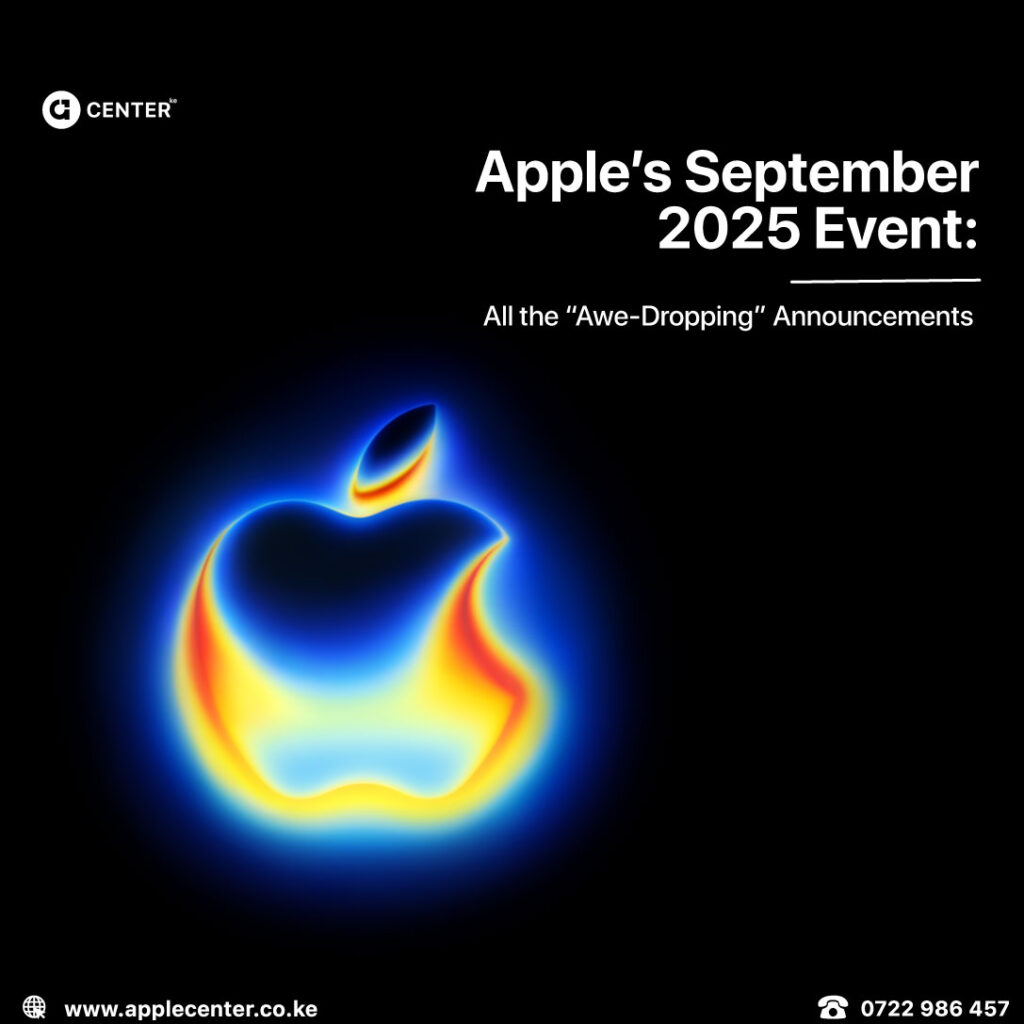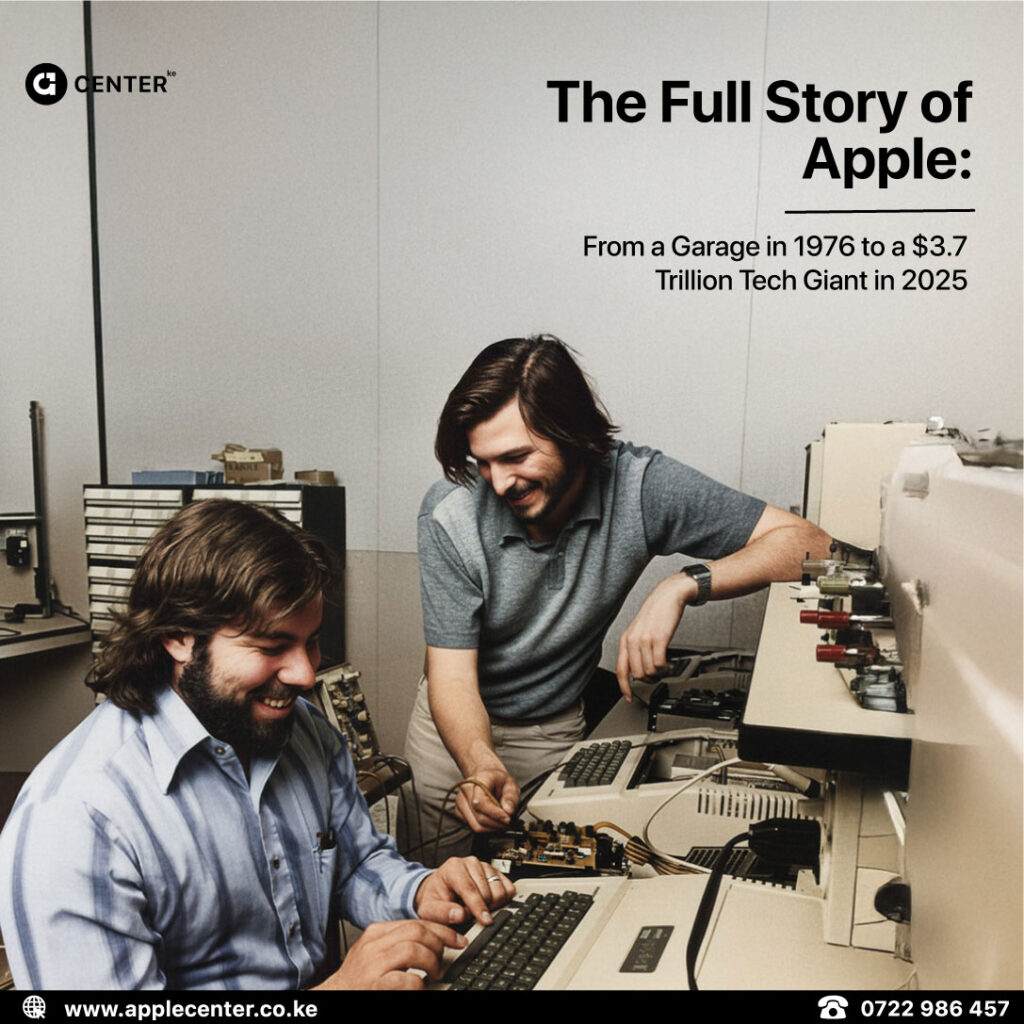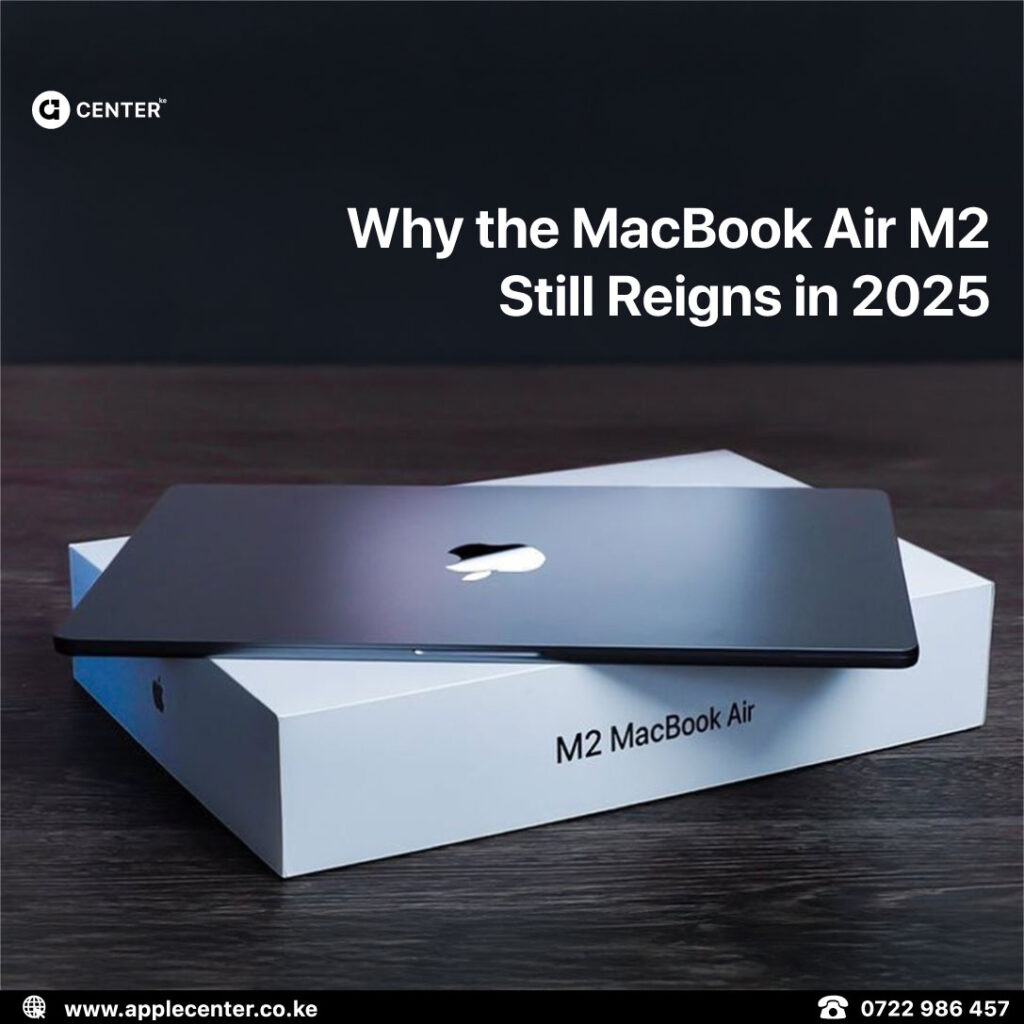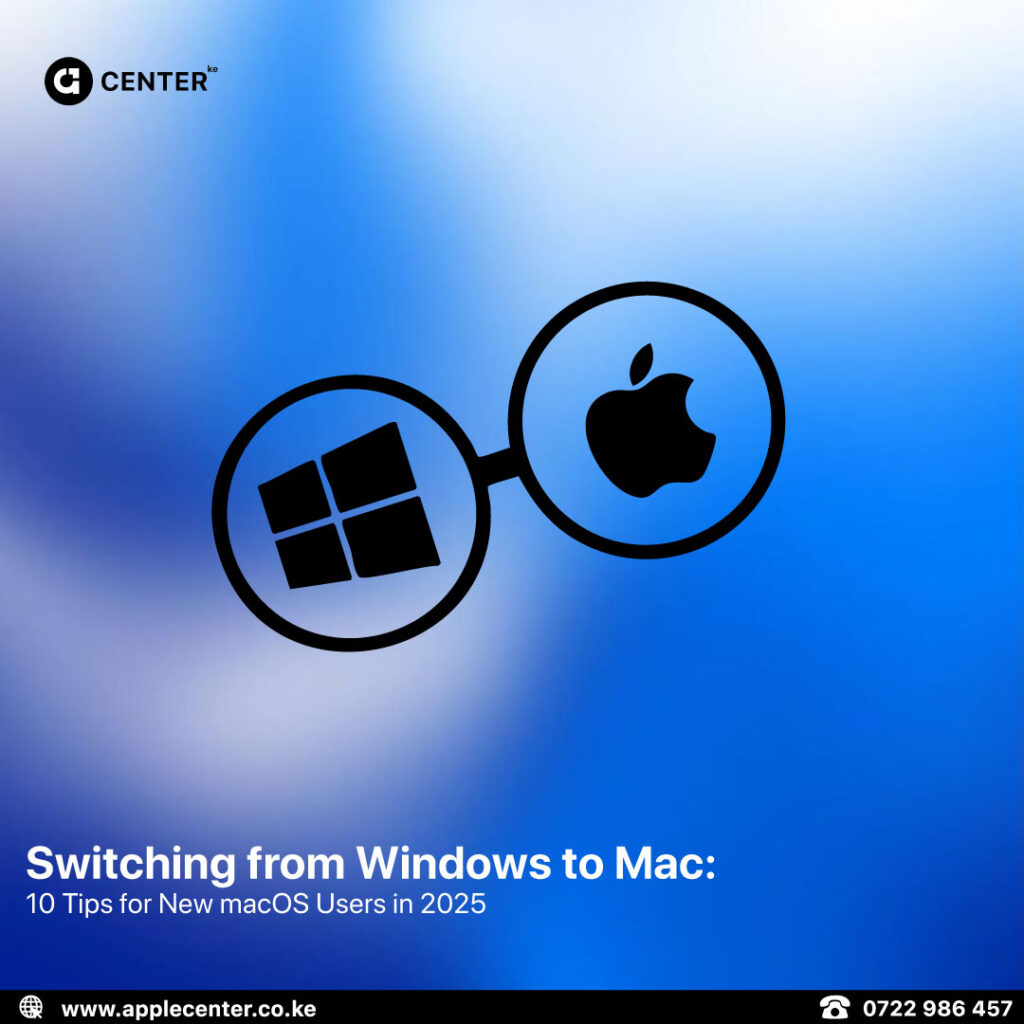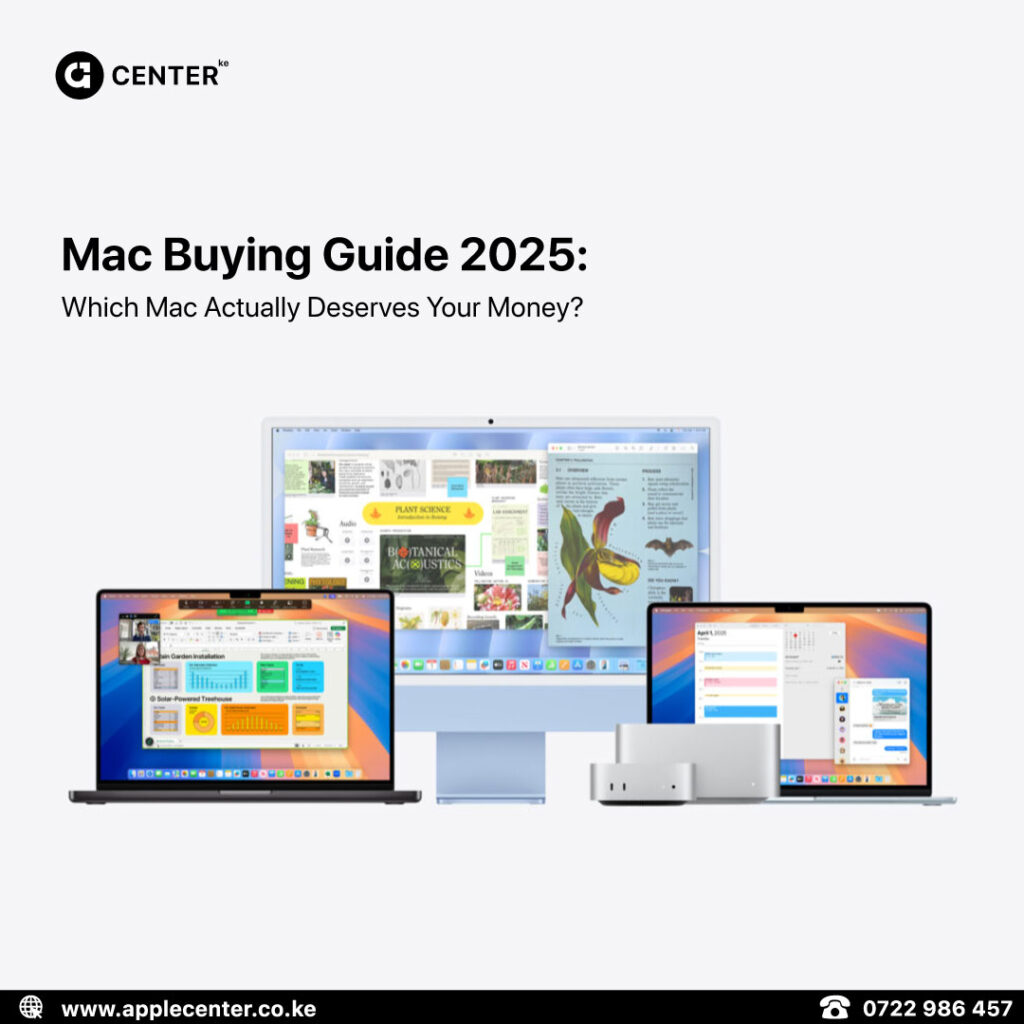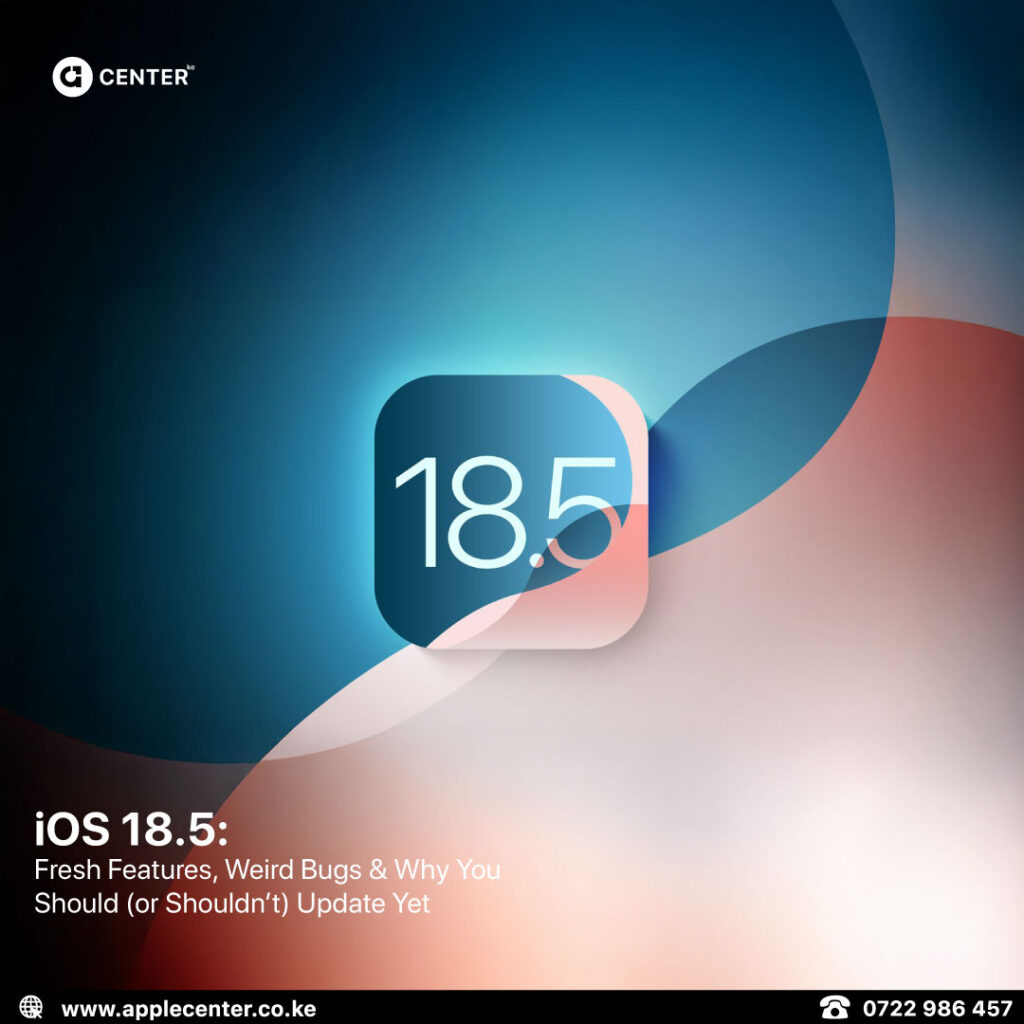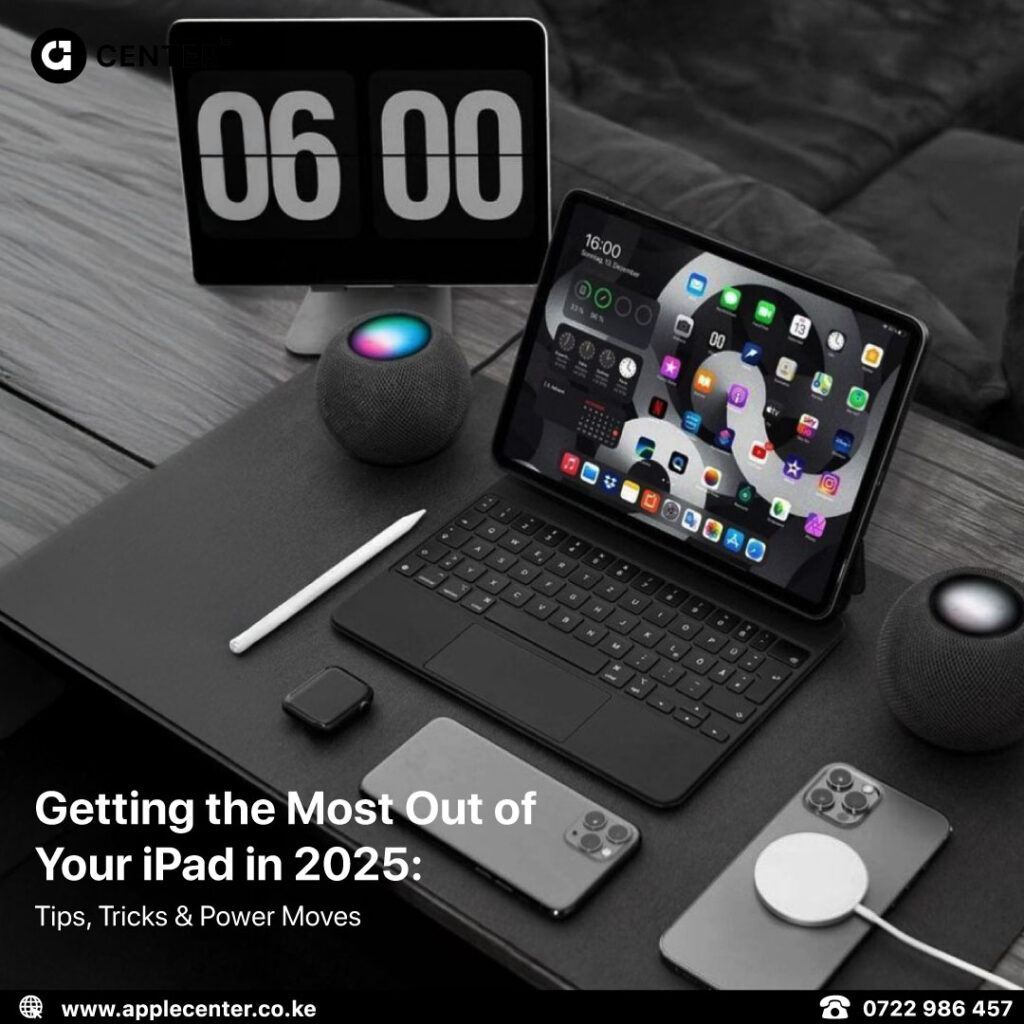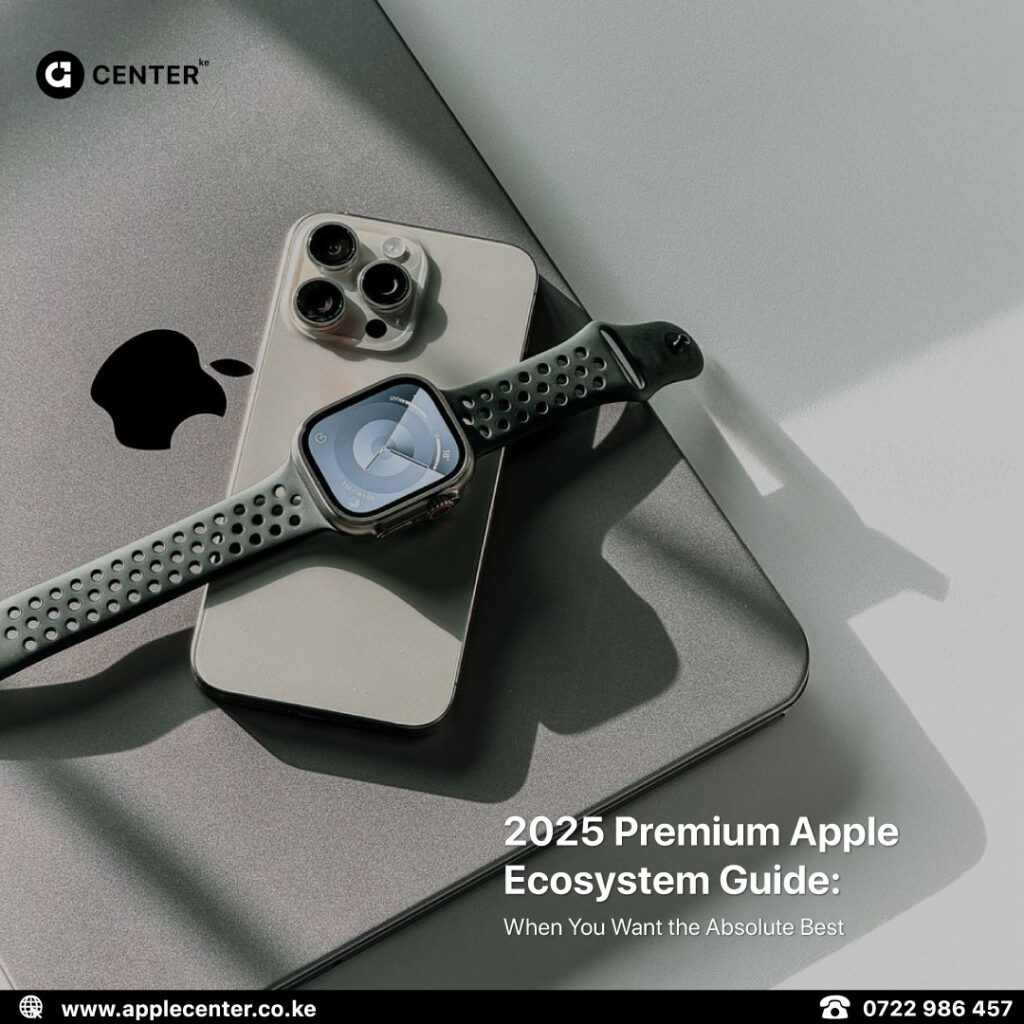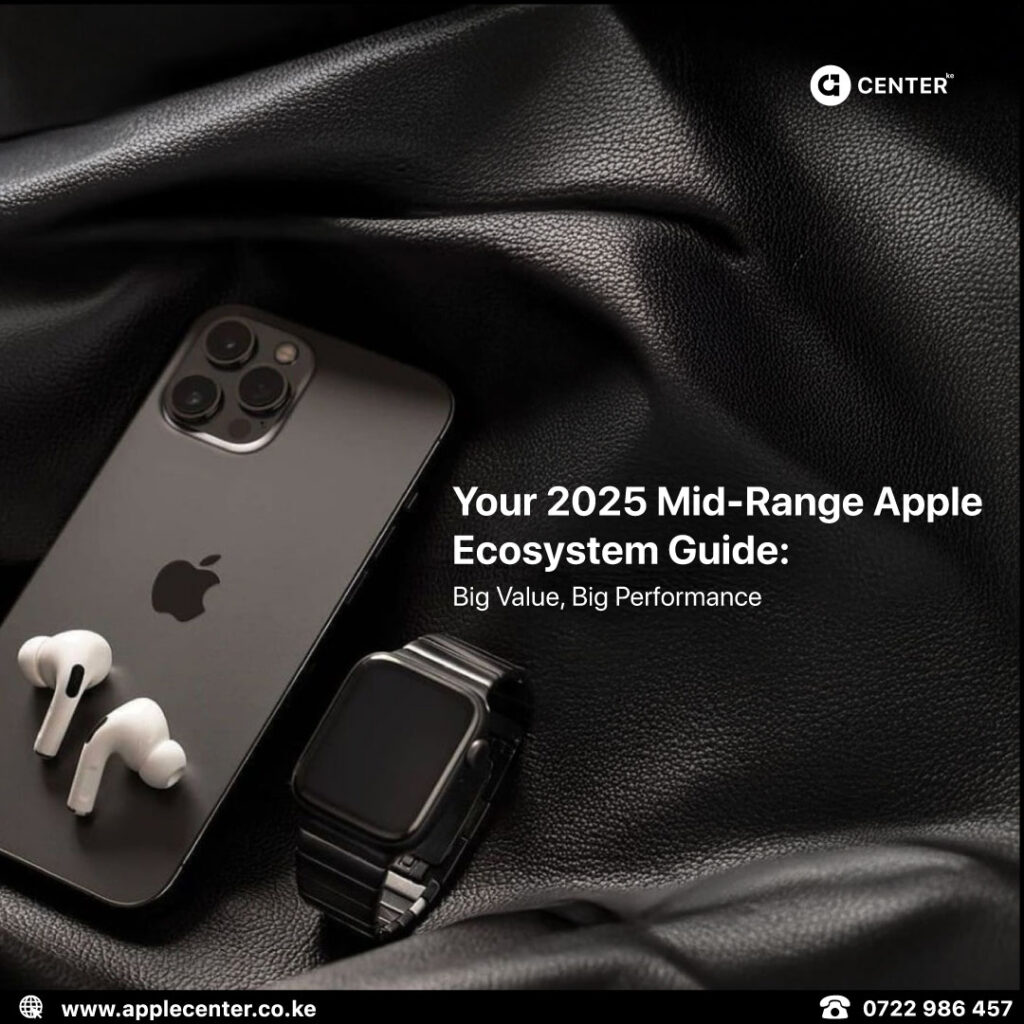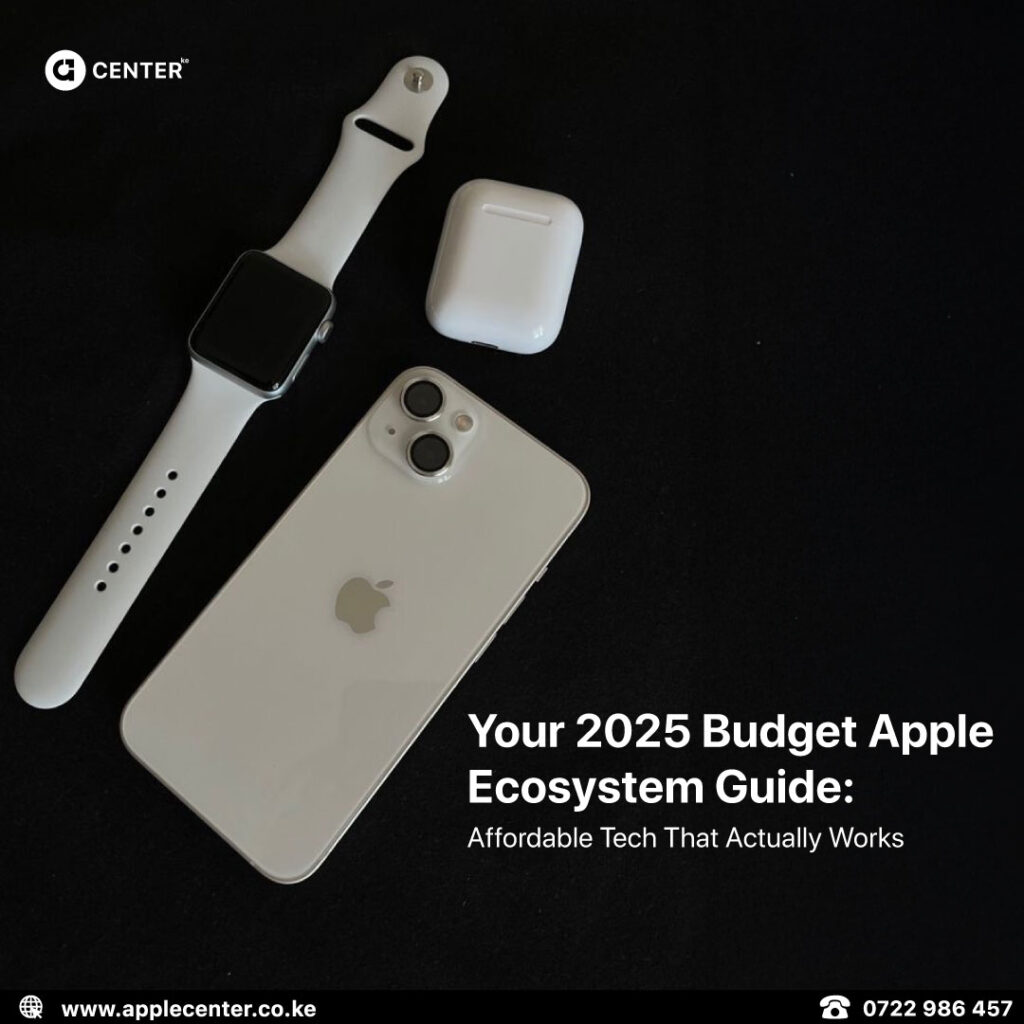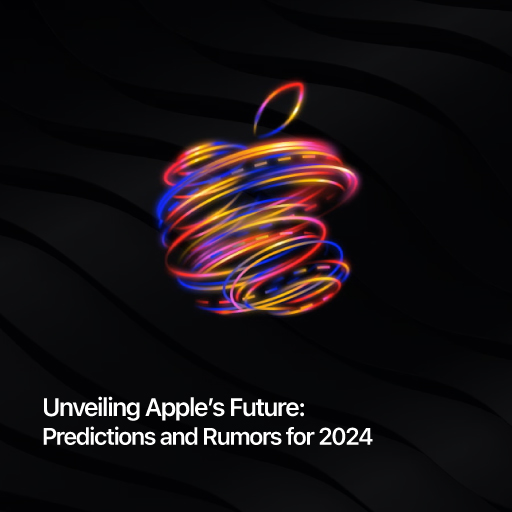There’s WWDC. And then there’s WWDC 2025 the one where Apple finally does what every fan, critic, and tech blogger with too many tabs open said it should’ve done years ago. Forget incremental updates. Forget weirdly scattered version numbers that made no sense. This year, Apple’s hitting the reset button and rebranding its entire OS lineup under one number: 26.
Let’s unpack what’s happening, why it matters, and what you should be watching for.
Why iOS 26? What’s Behind the Naming Leap?
Simple. Apple’s version numbers have been a clown car for years. iPhones were on iOS 18, Macs were dragging behind at 15, and Vision Pro was on 2 like some freshman just happy to be here.
In 2025, Apple’s basically admitting it was messy and realigning everything to 26 tied to 2026, the year these OS versions will be running the show.
What’s Really Behind This:
- Brand Consistency: Easier for users, devs, and support teams when everyone’s on version 26.
- Future-Proof Marketing: Like how car companies sell “2026” models in 2025 keeps the OS feeling new longer.
-
Ecosystem Sync: Apple’s gunning for a future where your iPhone, Mac, Vision Pro, and Watch work like limbs of the same beast. Same number on everything makes sense.
And honestly? It’s about time.
Are iPhones Getting New Names Too?
One of the most interesting implications of the iOS 26 naming scheme is how it might influence iPhone branding.
Here’s what we know:
-
Apple is rumored to release a new model called iPhone Air
-
The Pro Max could become iPhone Ultra
-
The A-series chip (e.g., A19) may become the de facto model identifier
Possibilities:
-
“iPhone 17” becomes just iPhone (2026)
-
Numbering could be dropped entirely in favor of names and chip identifiers—just like the iPad
This makes sense in a world where the OS, chips, and devices are all updated yearly and clearly labeled. It would also help reduce consumer confusion and simplify product marketing.
The Bigger Picture: This Isn’t Just Hype
Apple’s 2025 strategy appears to be focused on three pillars:
- Consistency: With one version number across all devices, there’s less confusion and more clarity. It also simplifies things for developers, support agents, and consumers.
-
Modern Design: The glass-like UI elements, floating menus, and refined icons give Apple’s OS lineup a cohesive, futuristic look that can evolve with AR/VR tech and foldable devices.
-
Smart Features for Real Life: From better multitasking and translation to battery optimization, Apple is shifting focus from gimmicks to practical AI enhancements that serve users every day.
A Reset Year Worth Paying Attention To
Apple doesn’t do this often. iOS 26 isn’t just a number jump. It’s a hard reset for the entire ecosystem, built for the AI, AR, spatial computing-heavy future ahead.
Unified versioning, smarter features, modern design and for once an update that feels like it’ll actually matter.

